技术
- 传感器 - 流量计
- 传感器 - 温度传感器
适用行业
- 矿业
- 可再生能源
适用功能
- 设施管理
- 产品研发
用例
- 施工管理
- 施工现场监控
服务
- 测试与认证
关于客户
福建永福电力工程有限公司是一家位于中国福建省长乐市的发电公司。作为中国推动增加可再生能源产量和减少碳排放燃料使用的一部分,该公司正在该国沿海安装众多风力发电设施。福建永福致力于开发创新解决方案,以克服地理复杂地区和恶劣环境条件带来的挑战。该公司的最新项目中国长乐海上风电场C区是世界上最深的风电场地点之一,证明了他们对创新和环境可持续发展的承诺。
挑战
福建永福电力工程的任务是在地理复杂、易受台风、地震和土壤移动影响的地区建设大型风电场。风电场所在地中国长乐海上风电场C区是世界上最深的风电场地点之一,平均水深在31至45米之间。该公司计划安装62台风力发电机,每台容量为8兆瓦,总容量为496兆瓦。然而,该地点台风频繁、土壤不稳定、地震风险高,因此需要为每台涡轮机开发特别坚固且稳定的基础。事实证明,传统的海上风设计方法是不够的,设计成本高昂,而且无法准确模拟土壤与如此大直径的桩之间的相互作用。该公司还面临预算限制,需要一种经济高效的解决方案。
解决方案
福建永福决定采用吸力桩框架建造基础,这种方法以前从未用于海上风力发电机。为了克服传统设计方法的局限性,该公司转向数字设计软件。他们使用 Bentley 的 OpenWindPower 固定基础和 PLAXIS 创建了一个统一的设计环境,允许同时进行土壤分析和基础设计。 PLAXIS 用于对施工区域的土壤进行全面分析,并测量设计方案的潜在影响。 OpenWindPower 固定地基用于形成和优化地基设计,同时检查其与土壤的相互作用。 SACS 中的吸力桩模块用于导入 PLAXIS 分析并创建复合模型,然后对其进行调整以提高强度和稳定性。结果是一个三桩抽吸导管框架,这种设计以前仅在中国的实验环境中使用。
运营影响
数量效益

Case Study missing?
Start adding your own!
Register with your work email and create a new case study profile for your business.
相关案例.

Case Study
Remote Monitoring & Predictive Maintenance App for a Solar Energy System
The maintenance & tracking of various modules was an overhead for the customer due to the huge labor costs involved. Being an advanced solar solutions provider, they wanted to ensure early detection of issues and provide the best-in-class customer experience. Hence they wanted to automate the whole process.
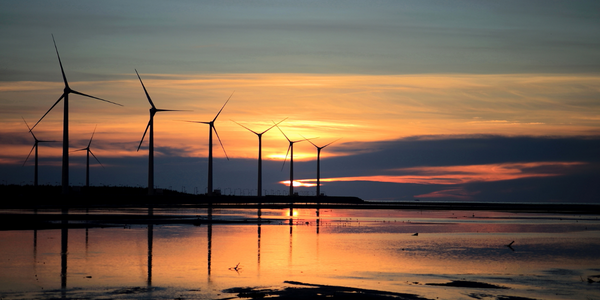
Case Study
Vestas: Turning Climate into Capital with Big Data
Making wind a reliable source of energy depends greatly on the placement of the wind turbines used to produce electricity. Turbulence is a significant factor as it strains turbine components, making them more likely to fail. Vestas wanted to pinpoint the optimal location for wind turbines to maximize power generation and reduce energy costs.
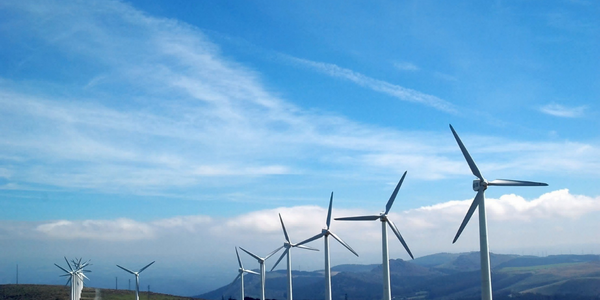
Case Study
Siemens Wind Power
Wind provides clean, renewable energy. The core concept is simple: wind turbines spin blades to generate power. However, today's systems are anything but simple. Modern wind turbines have blades that sweep a 120 meter circle, cost more than 1 million dollars and generate multiple megawatts of power. Each turbine may include up to 1,000 sensors and actuators – integrating strain gages, bearing monitors and power conditioning technology. The turbine can control blade speed and power generation by altering the blade pitch and power extraction. Controlling the turbine is a sophisticated job requiring many cooperating processors closing high-speed loops and implementing intelligent monitoring and optimization algorithms. But the real challenge is integrating these turbines so that they work together. A wind farm may include hundreds of turbines. They are often installed in difficult-to-access locations at sea. The farm must implement a fundamentally and truly distributed control system. Like all power systems, the goal of the farm is to match generation to load. A farm with hundreds of turbines must optimize that load by balancing the loading and generation across a wide geography. Wind, of course, is dynamic. Almost every picture of a wind farm shows a calm sea and a setting sun. But things get challenging when a storm goes through the wind farm. In a storm, the control system must decide how to take energy out of gusts to generate constant power. It must intelligently balance load across many turbines. And a critical consideration is the loading and potential damage to a half-billion-dollar installed asset. This is no environment for a slow or undependable control system. Reliability and performance are crucial.
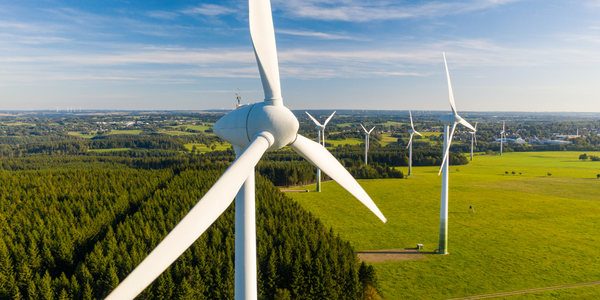
Case Study
Remote Monitoring and Control for a Windmill Generator
As concerns over global warming continue to grow, green technologies are becoming increasingly popular. Wind turbine companies provide an excellent alternative to burning fossil fuels by harnessing kinetic energy from the wind and converting it into electricity. A typical wind farm may include over 80 wind turbines so efficient and reliable networks to manage and control these installations are imperative. Each wind turbine includes a generator and a variety of serial components such as a water cooler, high voltage transformer, ultrasonic wind sensors, yaw gear, blade bearing, pitch cylinder, and hub controller. All of these components are controlled by a PLC and communicate with the ground host. Due to the total integration of these devices into an Ethernet network, one of our customers in the wind turbine industry needed a serial-to-Ethernet solution that can operate reliably for years without interruption.
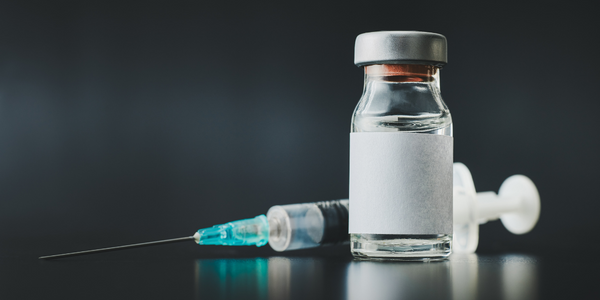
Case Study
Temperature monitoring for vaccine fridges
Dulas wanted a way to improve the reliability of the cold chain, facilitating maintenance and ensuring fewer vaccines are spoiled. Dulas wanted an M2M solution which would enable them to record and report the temperature inside vaccine refrigerators.
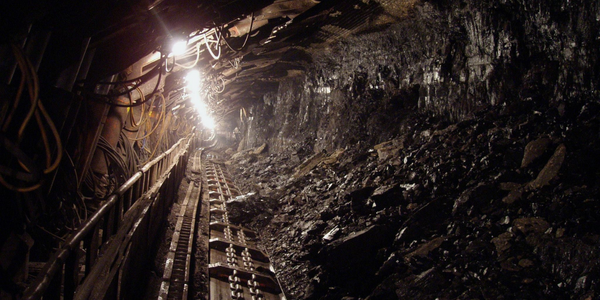
Case Study
Underground Mining Safety
The goal was to produce a safety system to monitor and support underground mining operations; existing systems were either too simple (i.e. phone line) or overly complex and expensive, inhibiting deployment, and providing little-to-no support in event of an accident. Given the dangerous nature of the mining work environment and the strict regulations placed on the industry, the solution would have to comply with Mine Safety and Health Administration (MSHA) regulations. Yet the product needed to allow for simple deployment to truly be a groundbreaking solution - increasing miner safety and changing daily operations for the better.







